CIMA Sheds Light on De Chirico's Brother: Alberto Savinio
On Tuesday November 14, in conjunction with their current exhibition Alberto Savinio, the Center of Italian Modern Art (CIMA) hosted a talk by renowned Italian art historian and critic Renato Barilli.
The exhibition, on view through June 23, 2018, displays 25 rarely seen works of Greek-born Italian interdisciplinary artist Alberto Savinio (1891–1952) in CIMA’s graceful loft in SoHo. For the first time in the US in over two decades, this exhibition investigates the genesis of his work and the unexplored world of Savinio’s talent as a painter and not only, since, despite his achievements, he remains largely unknown to contemporary audiences outside of Italy.
The works span a 10 year period, from the late 1920s through the 1930s, when Savinio abandoned his other creative talents to dedicate himself fully to painting. The exhibition explores two major themes in the artist’s oeuvre: the expressive power of imagined landscapes and the fraught emotional terrain of family life.
The de Chirico Brothers: a Freudian Tale
Alberto Savinio is a pseudonym the artist adopted at the age of 23 to disguise his real name, Andrea Francesco Alberto de Chirico, so that he would not be eclipsed by his older and more famous brother, Giorgio de Chirico. In the lecture Giorgio de Chirico and Alberto Savinio: Two Brothers in Reciprocal Conflict, Barilli explains how the troubled relationship between the de Chirico brothers came into being.
Much of their youth was spent abroad, in Athens, Munich and Paris, where they both made a name for themselves. However, while Giorgio was directed towards the studies of painting, Alberto studied music. His mother tried to forbid him from being a painter in order to avoid any competition with his sibling, Barilli explains, and this caused him great suffering and is the reason why he started painting much later than Giorgio.
As a matter of fact, in paintings such as The Widow and My Parents, Savinio portrays his mother with a repulsive hen's head or other vile creatures, that clearly show his resentment toward her, whaereas he paints his father using predominately a lighter and more neutral color palette, evoking profound feelings of nostalgia. His older brother, on the other hand, hardly paints his father but vividly portrays his mother. Barilli describes Savinio as a "victim of the Freudian Theory.”
Savinio: an Exceptional Wholesome Artist
What is often ignored about Alberto Savinio is that, besides being an extremely cultivated man, talented in the field of music, theatre and literature, he was a key contributor to the movement known as Metaphysical Art (Pittura Metafisica) pioneered by Giorgio de Chirico and Carlo Carrà, as well as a brilliant painter. Savinio’s paintings, produced after he moved to Paris in 1926, share many of his brother’s haunting themes such as eerie spaces, mythological subjects and bizarre hybrid figures, in strange juxtapositions. However, even though the two brothers closely shared certain themes, Savinio succeded in developing his own individual expression. His desire for escapism and aesthetic liberation propelled him to excel as an artist.
CIMA: Ambassador of Italian Modern and Contemporary Art
Alberto Savinio’s exhibition aligns flawlessly with CIMA’s mission of introducing and promoting modern and contemporary Italian art in the U.S. and provides a unique opportunity to the American audience to view notable works of this underecognized artist. “CIMA’s operations are important and extremely useful because unfortunately the larger museums give selective attention to Italian artists and only reward a handful of exceptional cases” Barilli says “I suspect that no great New York City museum would have dedicated an exhibition to Savinio, whereas many of them have celebrated Giorgio De Chirico’s art.”
CIMA’s Executive Director, Heather Ewing, states, “CIMA is pleased to introduce Alberto Savinio to a wider audience through this exhibition, as well as through related programs that explore his multi-faceted artistic pursuits. (..) His work is not included in any public collections in the U.S., and he has only rarely been exhibited here. This exhibition therefore promises to be a real discovery as it brings his original work to light.”
CIMA’s public programs will continue to explore the many different facets of Savinio’s diverse production through lectures, readings, discussions, family programs, and artist-led drawing nights, as well as CIMA’s signature Study Days.
For More Info >>






























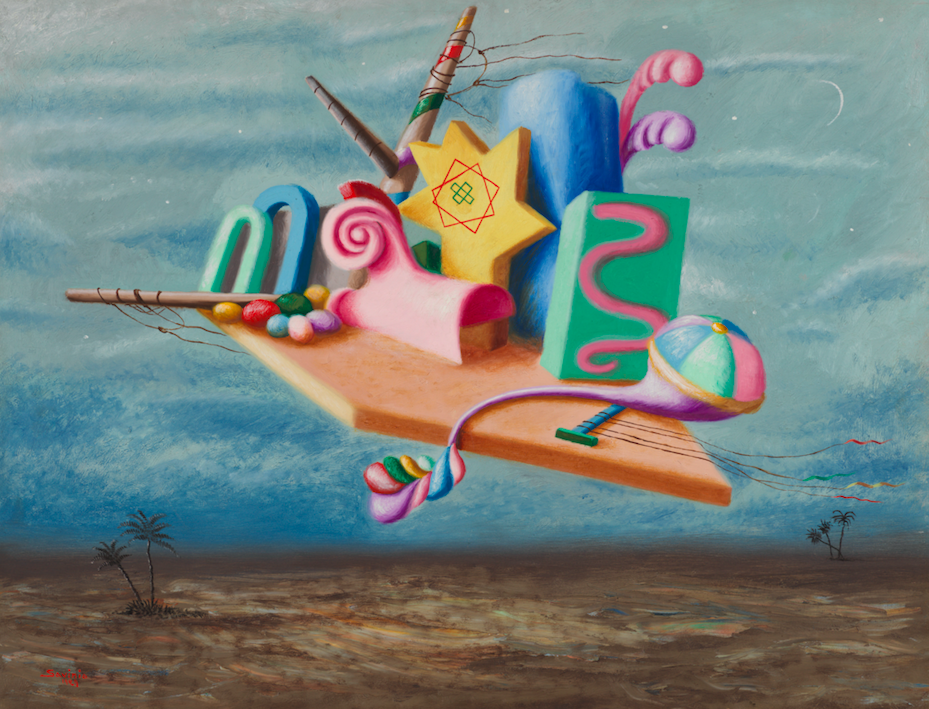
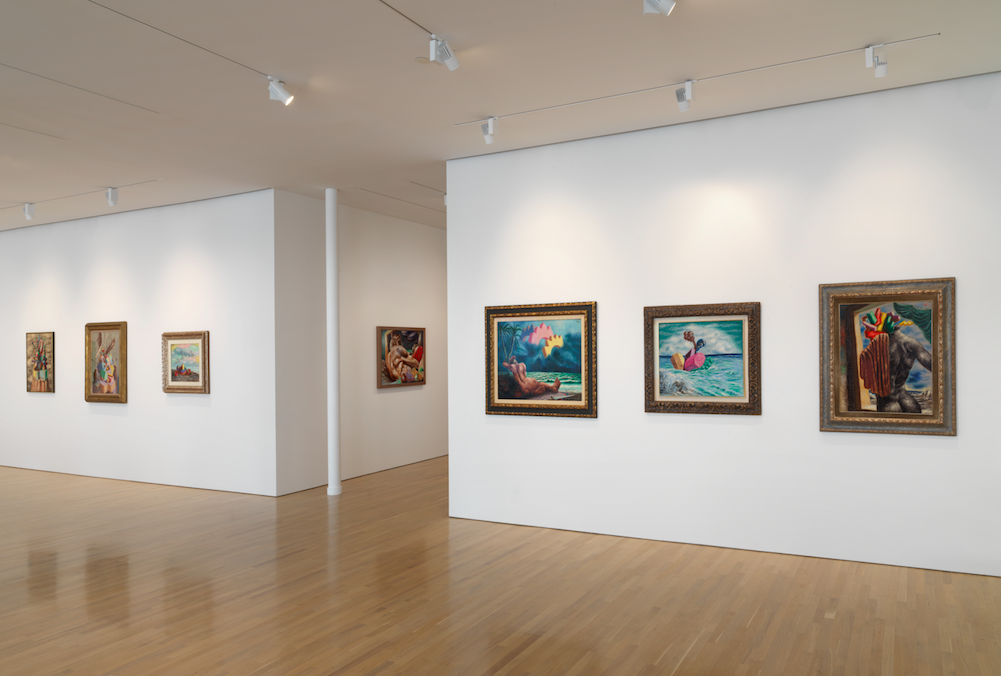
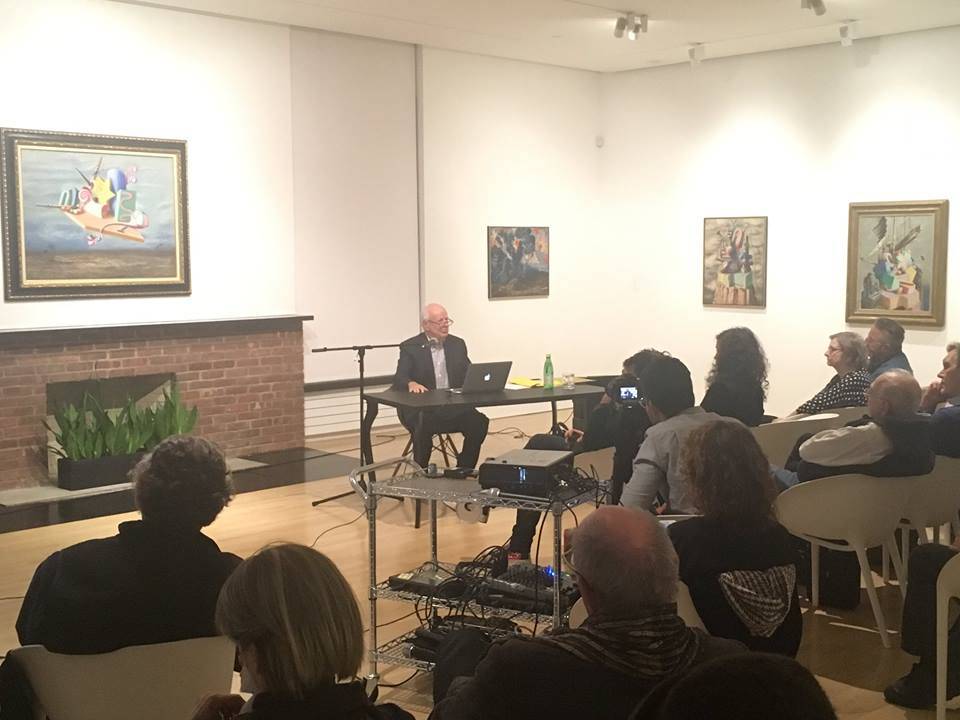
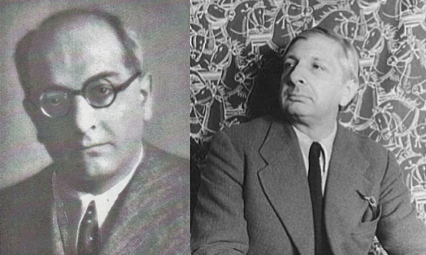
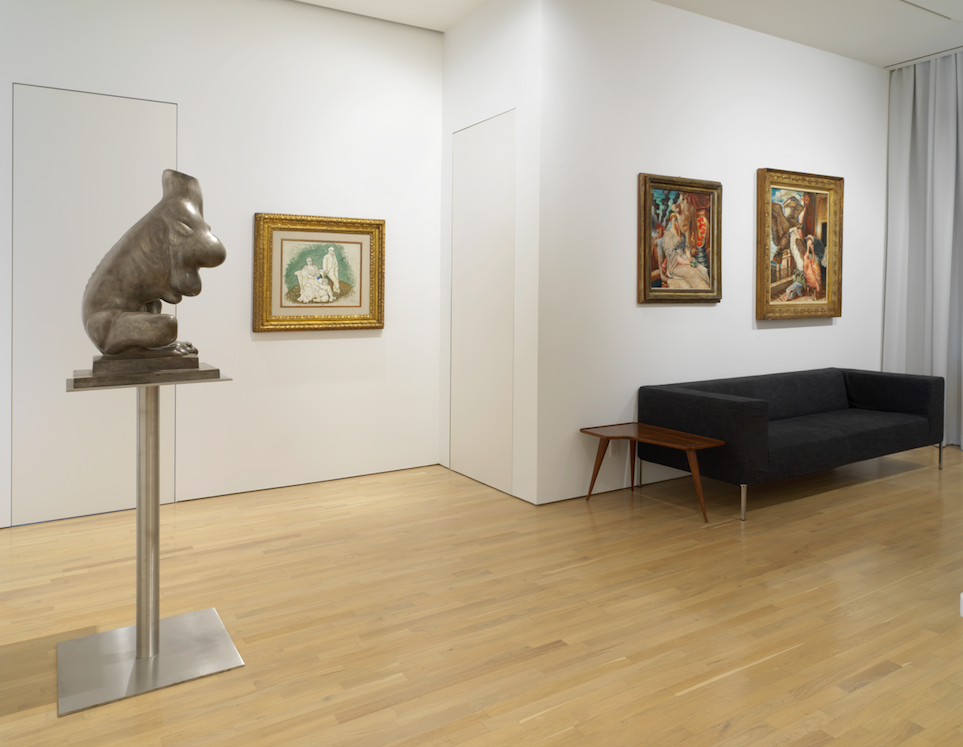
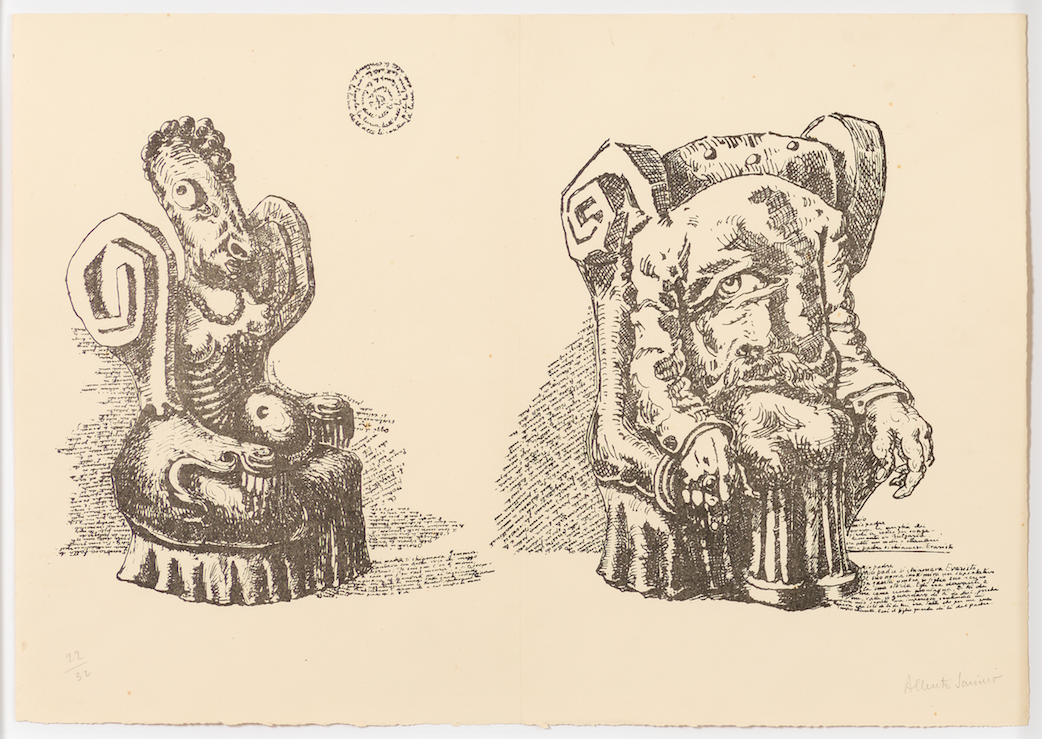
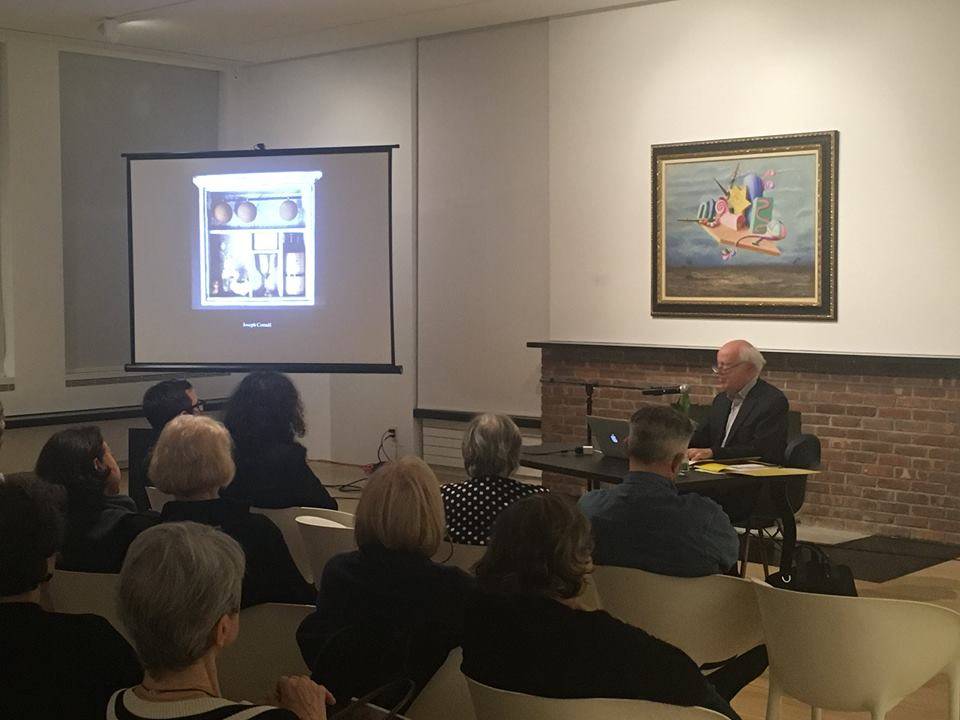
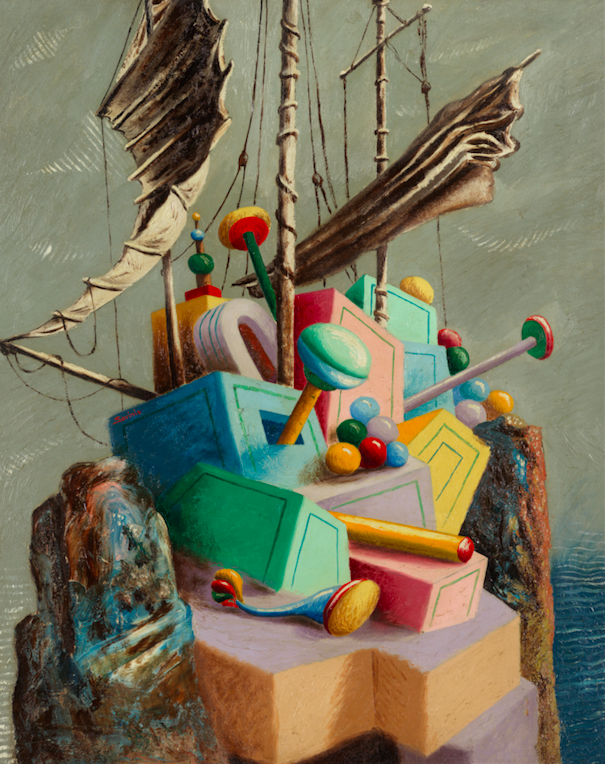



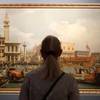


i-Italy
Facebook
Google+
This work may not be reproduced, in whole or in part, without prior written permission.
Questo lavoro non può essere riprodotto, in tutto o in parte, senza permesso scritto.